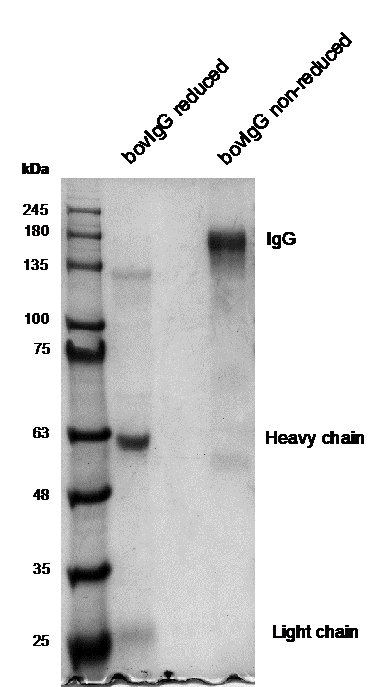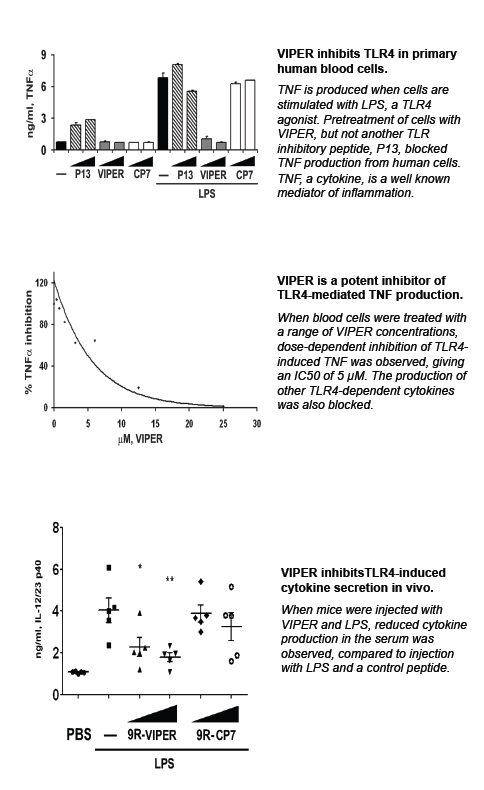
Cat. #152683
Anti-Keratin 1 [LL017]
Cat. #: 152683
Sub-type: Primary antibody
Unit size: 100 ug
Availability: 1-2 weeks
Target: Keratin 1, Cytokeratin 1
Class: Monoclonal
Application: IHC ; IHC
Reactivity: Human
Host: Mouse
£300.00
This fee is applicable only for non-profit organisations. If you are a for-profit organisation or a researcher working on commercially-sponsored academic research, you will need to contact our licensing team for a commercial use license.
Contributor
Inventor: Irene Leigh
Institute: Cancer Research UK, London Research Institute: Lincoln's Inn Fields
Tool Details
*FOR RESEARCH USE ONLY (for other uses, please contact the licensing team)
- Name: Anti-Keratin 1 [LL017]
- Research fields: Cell signaling and signal transduction
- Clone: LL017
- Tool sub type: Primary antibody
- Class: Monoclonal
- Conjugation: Unconjugated
- Reactivity: Human
- Host: Mouse
- Application: IHC ; IHC
- Description: Keratins are a family of intermediate filament proteins that assemble into filaments through forming heterodimers of one type I keratin (keratins 9 to 23) and one type II keratin (keratins 1 to 8). Keratins demonstrate tissue and differentiation specific expression profiles. Keratin 1 is differentiation specific keratin that is one of the predominant keratins in suprabasal keratinocytes in stratified epthelia. Mutations in keratin 1 causes epidermolytic hyperkeratosis. LL017 does not react with any tumour tissue regardless of histological classification.
- Immunogen: Synthetic peptide - VSTTYSGVTR
- Isotype: IgM
- Myeloma used: Sp2/0-Ag14
Target Details
- Target: Keratin 1, Cytokeratin 1
- Target background: Keratins are a family of intermediate filament proteins that assemble into filaments through forming heterodimers of one type I keratin (keratins 9 to 23) and one type II keratin (keratins 1 to 8). Keratins demonstrate tissue and differentiation specific expression profiles. Keratin 1 is differentiation specific keratin that is one of the predominant keratins in suprabasal keratinocytes in stratified epthelia. Mutations in keratin 1 causes epidermolytic hyperkeratosis. LL017 does not react with any tumour tissue regardless of histological classification.
Applications
- Application: IHC ; IHC
Handling
- Format: Liquid
- Concentration: 1 mg/ml
- Unit size: 100 ug
- Storage buffer: PBS with 0.02% azide
- Storage conditions: -15° C to -25° C
- Shipping conditions: Shipping at 4° C
References
- de Berker et al. 1995. Exp Dermatol. 4(6):350-6. PMID: 8608342.
- Keratin expression in discoid lupus erythematosus.
- Leigh et al. 1993. Br J Dermatol. 129(2):110-9. PMID: 7544603.
- Monospecific monoclonal antibodies to keratin 1 carboxy terminal (synthetic peptide) and to keratin 10 as markers of epidermal differentiation.
- Markey et al. 1992. Br J Dermatol. 126(2):154-60. PMID: 1371396.
- Keratin expression in basal cell carcinomas.
- Ishida-Yamamoto et al. 1991. J Invest Dermatol. 97(6):959-68. PMID: 1721080.
- Epidermolysis bullosa simplex (Dowling-Meara type) is a genetic disease characterized by an abnormal keratin-filament network involving keratins K5 and K14.



